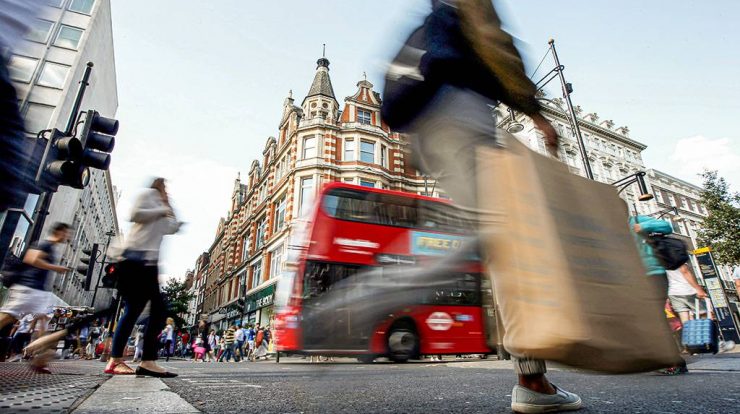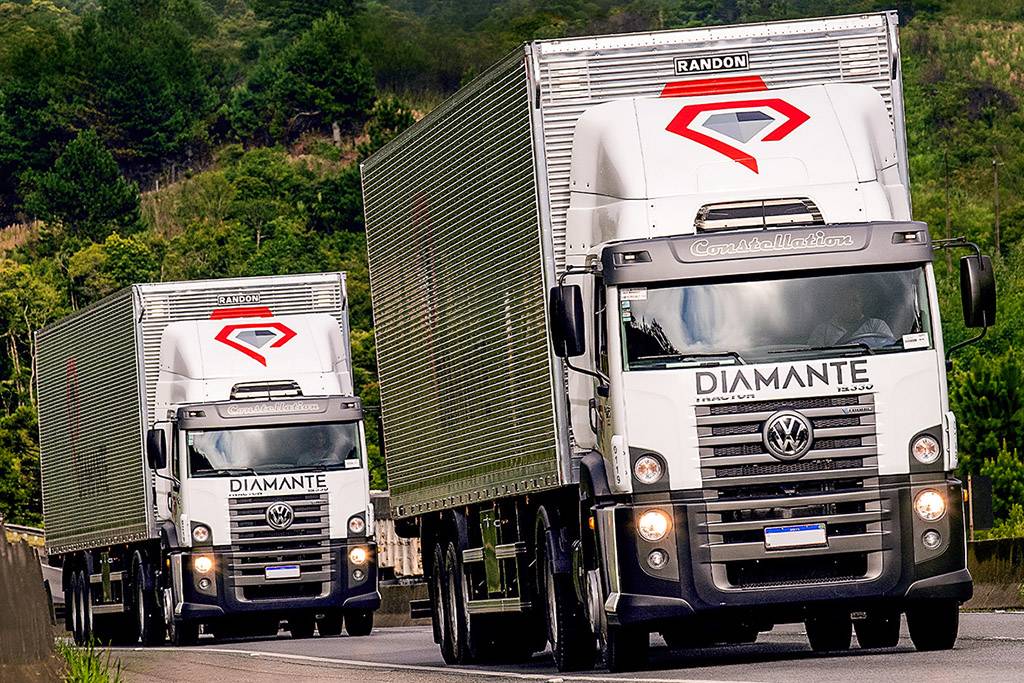

Oxford Street, M. Launder. Photograph: Peter Nichols/Reuters.
In the UK, small businesses have been called on to take small practical steps to reduce their emissions. Carbon Dioxide As part of the country’s journey to reach net zero by 2050. The call was made by Prime Minister Boris Johnson in May this year.
Through a campaign called Business Climate Leaders, the initiative wants to encourage small businesses to commit to halving their emissions by 2030 and reducing them to zero by 2050 or sooner.
For this, small businesses can count on the support of the Climate Center for Business, in the UK. There, they find practical tools, materials, and tips to understand their emissions and develop a plan to reduce them.
The steps described may include installing energy-saving lamps, switching to electric car and other cleaner forms of transportation to reduce the carbon footprint, research environmentally friendly packaging options or introduce employee work cycles.
For the British government, action on climate change will help businesses grow, seize new opportunities, create new jobs, encourage investment, and adapt to the challenges of a changing planet.
At the same time, reducing emissions can lower companies’ operating costs, save money, and attract new customers – ultimately helping them maintain a competitive advantage both locally and globally.
Zero carbon seal
In Brazil, some smaller companies have already adopted practices to reduce their emissions or to neutralize their carbon footprint. This is the case for Diamante, in the transportation sector for five decades, headquartered in Parana and with 92 employees.
The company won the Carbono Zero seal at the end of 2020. Diamante CEO Cayo Canto explains that the company has been able to neutralize all greenhouse gas (GHG) emissions from vehicles (trucks) from its fleet and subcontractors for 2020.
Emissions were measured based on the GHG Protocol guidelines and the carbon credits earned were certified to neutralize emissions through the approved carbon standard.
Those credits, he says, come from the Jari-Pará REDD+ project, developed by Biofílica, a project that works by preventing deforestation in the Amazon rainforest, conserving biodiversity and supporting sustainable local social and economic development.
In addition to neutralizing emissions, Diamante has other measures to reduce its environmental impact.
“Our transmissions are constantly audited, and process vehicles are subject to frequent audits to ensure that gas emissions levels are within the permissible range,” Canto says. “The ongoing search for fleet renewal is also one of the company’s goals, which is to bring in more technology that improves consumption and operating performance per liter of diesel.” According to him, the average age of the fleet is 2.2 years.
 Diamond: In the transportation sector for five decades, the company received the Carbono Zero seal at the end of 2020
Diamond: In the transportation sector for five decades, the company received the Carbono Zero seal at the end of 2020Diamond: In the transportation sector for five decades, the company received the Carbono Zero seal at the end of 2020 (Diamonds / Disclosure)
